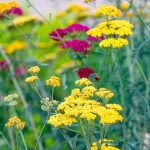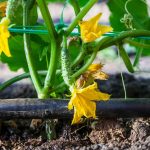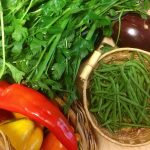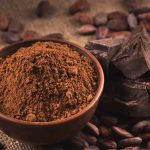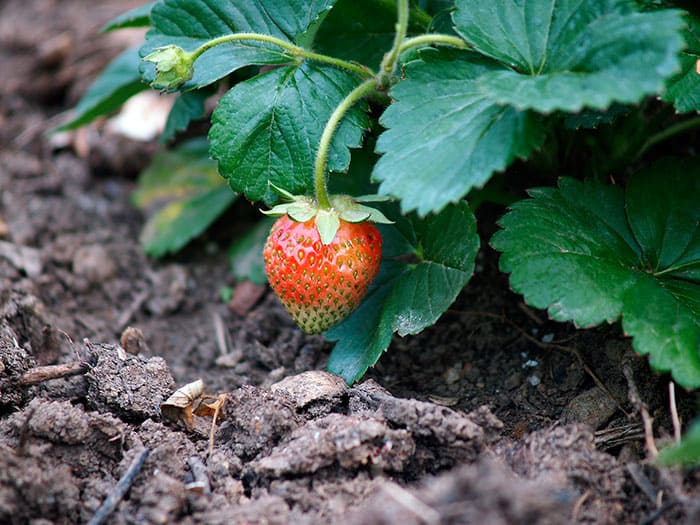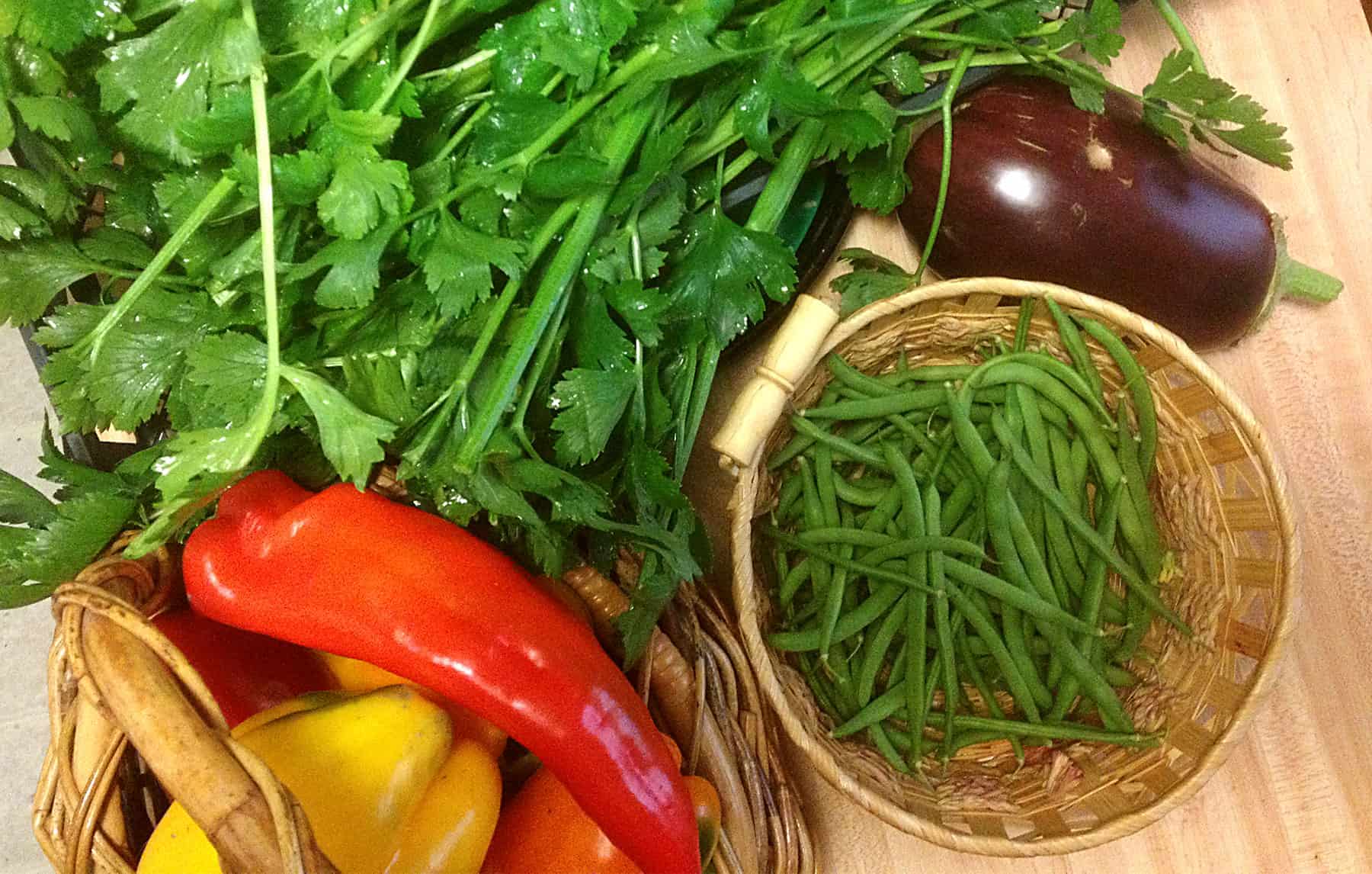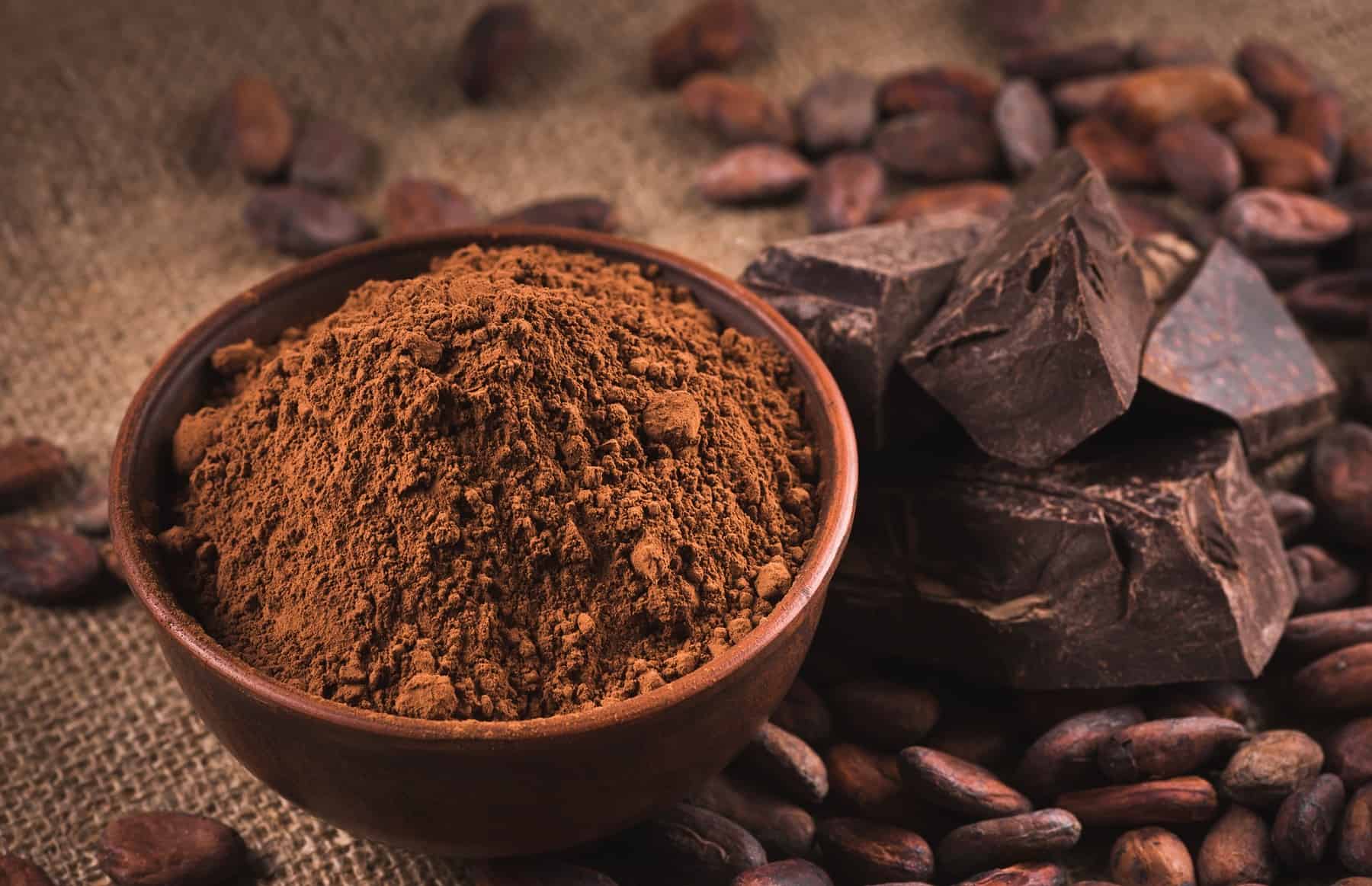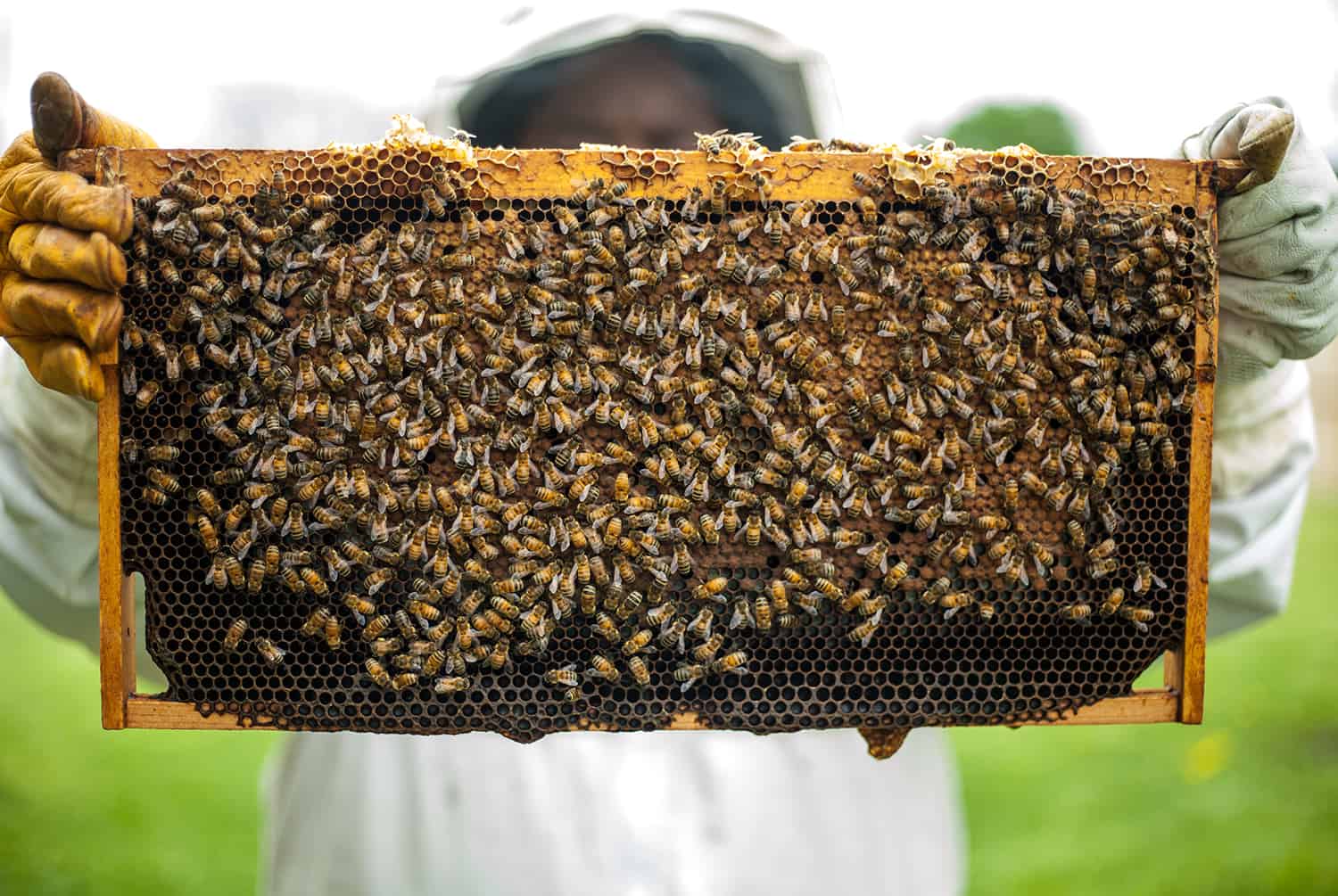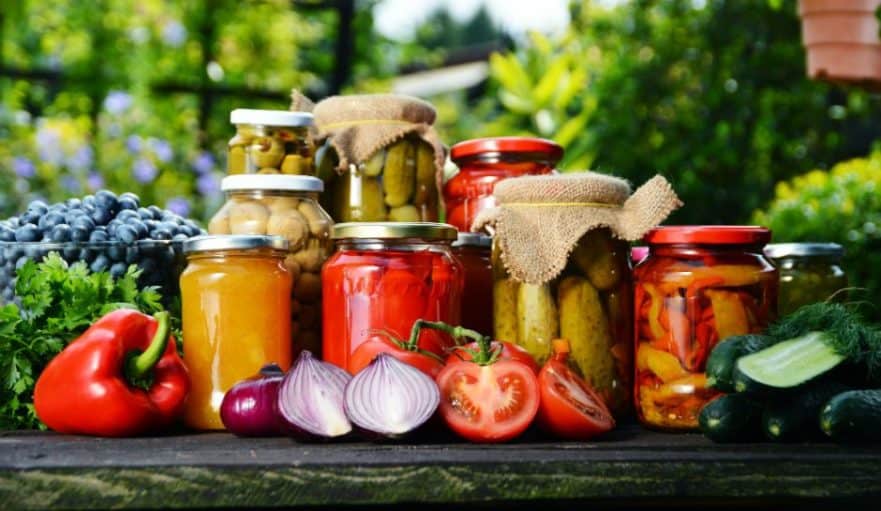[ad_1]
The Environmental Working Group has launched this 12 months’s document of the Dirty Dozen, the 12 fruits or greens typically accessible in grocery retailers that carry primarily probably the most pesticide residue. In every other case commonly known as EWG’s Shopper’s Data to Pesticides in Produce, the report calculates that USDA assessments found an entire of 165 utterly completely different pesticides on lots of of fruit and vegetable samples.
After wanting on the Dirty Dozen document, I counted 7 which I generally develop in my yard and sometimes devour from one other provide. The others I purchase organically, and ideally locally-grown, at any time when doable. Consuming pesticide-free produce may be very obligatory, as a model new report from the World Nicely being Group has determined that the most-used herbicide on this planet, Roundup (chemical determine: Glyphosate), is a doable carcinogen. (The EPA revealed this month that they may start testing meals merchandise for Glyphosate residues.)
Key findings from the Environmental Working Group’s Dirty Dozen document:
99 p.c of apple samples, 98 p.c of peaches, and 97 p.c of nectarines examined optimistic for a minimum of one pesticide residue.
The everyday potato had additional pesticides by weight than one other produce.
A single grape sample and a sweet bell pepper sample contained 15 pesticides.
Single samples of cherry tomatoes, nectarines, peaches, imported snap peas, and strawberries confirmed 13 utterly completely different pesticides apiece.
Which of these Dirty Dozen do you develop in your yard?
1. Apples
Apple timber are plentiful at yard services each spring. Nevertheless rising apples effectively with pure controls is form of troublesome till you’re blessed with wonderful local weather conditions and few pests, along with airborne and waterborne fungal spores. The similar goes for pears, which I spent years having enjoyable with until fungal infections worn out my three timber in two seasons.
2. Peaches
Oh, how I like latest peaches. As a youthful gardener, I took my shot at rising peaches nonetheless gave up after three seasons. The straw that broke the peach tree’s once more was a Japanese Beetle invasion which wiped the peaches out, along with the tree’s foliage in a matter of days. That, after lastly figuring out the onerous implies that thinning wanted to be accomplished weekly whereas fruits had been creating, and that pruning wanted to be accomplished judiciously each winter. I figured it was less complicated to assist my native pure farmer and buy his/her peaches.
3. Nectarines
Nectarines have the similar cultural concerns as peaches, although I not at all grew Necatriens due to my location (too chilly).
4. Strawberries
There are dozens of varieties of strawberry seedlings accessible at yard services and on-line yearly. And strawberry vegetation are easy to develop must you observe quite a few simple ideas and spend cash on hen netting (because of I guarantee that our winged associates will beat you to the harvest). Strawberries may even be grown merely in containers, notably a strawberry pot, which allows additional room in your yard for various points.
5. Grapes
Grapes are extreme on my document of “subsequent meals crop to experiment with”. Nevertheless I’m cautious, as grapes require a perfect location, loads of daylight, vigilant pruning, and strict cultural controls.
6. Celery
I’ve been rising celery organically for years in my yard with no precise difficulties or disappointments. In actuality, yearly I freeze many jars 0f celery for use over the winter. However, I hear complaints from many gardeners that celery is troublesome to develop. The underside line is to start seeds indoors over winter and plant correctly after your last frost date. The underside line is water – the roots of celery vegetation are very shallow, in order that they dry out in a short while. Nevertheless must you carry on prime of your irrigation schedule, and mulch the inspiration area with compost, you shouldn’t see any points.
7. Spinach
Spinach couldn’t be simpler to develop. Plant a seed, water it in, add compost to the soil and decrease as many leaves as you need as usually as you need until frost. Or harvest the entire plant at one time and plant one different seed as an alternative. I start spinach seeds indoors over winter, plant in mid-April, and experience it late April into November. Develop a variety acclimated to your native local weather and offers it barely shade, as some varieties will go to seed inside the heat of summer time season.
8. Sweet Bell Peppers / Scorching Peppers
I like rising my very personal sweet peppers. I start them indoors from seed the first or second weeks of March and plant them in my yard spherical Memorial Day to stay away from any late frosts which might terminate the vegetation abruptly. Sweet Peppers are a sort of greens (fruit technically) that tastes sweeter and fuller when it’s fresh-picked and eaten immediately. Up to date peppers merely can’t study to store-bought peppers.
9. Cucumbers
There’s nothing pretty like cucumbers latest off the vine. And there are so many varieties to develop which merely aren’t accessible in retailers (nonetheless perhaps at farmer’s markets). And the good news is, these are moreover easy-peasy. When you plant cucumber seeds, you must undoubtedly water them every day until germination. Moreover they like a trellis to climb on, which retains the fruit out of the soil the place it’d rot or be eaten by bugs. Cucumbers love photo voltaic, nonetheless the leaves are very inclined to fungal an an infection, so water the roots of the vegetation solely, and preserve the leaves as dry as doable.
10. Cherry Tomatoes
Weeds. Cherry Tomatoes develop like weeds. Must you fail at rising cherry tomatoes, then we’ll must revoke your license to yard. I don’t assume I’ve ever planted one cherry tomato seed that didn’t germinate – I’m not bragging, it’s merely that cherry tomatoes have an especially extreme germination price. Plant the seed, water it, watch it develop, eat the tomatoes. Cherry tomatoes moreover develop correctly in huge and deep containers, as long as they’ve a trellis or completely different upright assist to develop on.
11. Snap Peas
Peas may very well be little finicky to develop. It’s a “snap” for some gardeners and troublesome for others, as lots depends on native local weather conditions, how briskly your winter turns to spring, and the best way quickly your soil warms and dries in spring. In my yard, it’s utterly hopeless to begin out peas from seed in spring, as a result of the soil is means too chilly and moist. Even planting pea seedlings is an issue, as they solely sit there prepared for the soil to warmth after which instantly it’s 80 ranges in June they normally recoil in horror and wilt. Peas are cool local weather crops and if in case you might have soil which merely obtained’t warmth up enough to plant in March, it’s best to begin out peas indoors in February and plant seedlings as shortly as a result of the snow melts. Or plant seeds late inside the season for a fall harvest.
12. Potatoes
Potatoes are a extremely low maintenance crop, if you get the maintain of it. Buy seed potatoes (principally decrease potatoes, each of which has an “eye”), plant them the appropriate distance apart, and harvest inside the fall. The truly cool issue about rising potatoes is that you may start harvesting and consuming them as soon as they’re small. Nevertheless they’re best after they positioned on barely mass, usually halfway by way of summer time season. After that point, it’s possible you’ll harvest potatoes as you want them. Come fall, and sooner than frost, harvest your potatoes, permit them to dry, after which retailer them accurately to eat all winter.
13. Kale / Collard Greens
Kale and Collard Greens are simple leafy greens to develop. Merely you must undoubtedly buy varieties which will be applicable to your native climate. Some varieties of kale will die out as shortly as a result of the local weather turns barely chilly, and some will preserve producing correct up until it snows. Others will decelerate within the summertime heat. And all leafy greens revenue from barely afternoon shade.
So which of the fruit and veggies on the Dirty Dozen document have you ever ever grown in your yard?
[ad_2]
